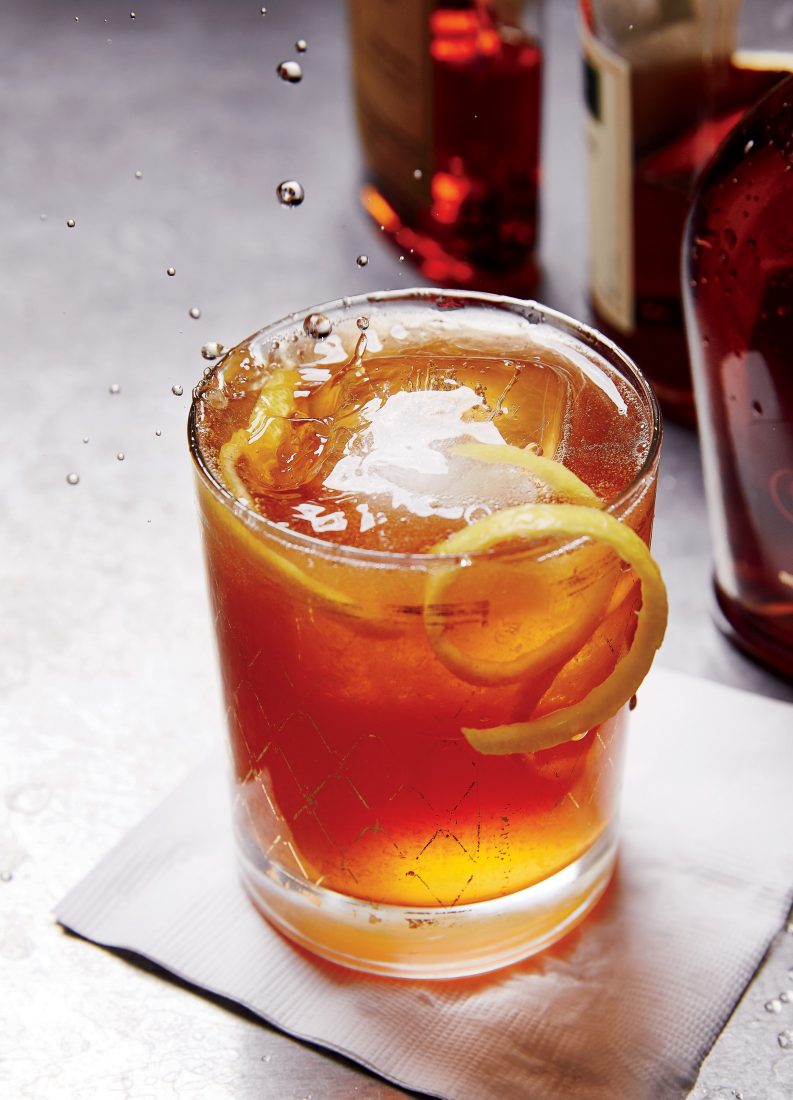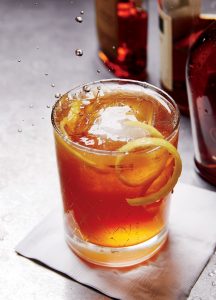French-style brandy sounds about as Texan as escargot. But last year, the Ironroot Republic Distillery, located in the North Texas town of Denison, released its first bottles of muscat brandy, made with locally grown grapes. They sold out in just a few hours. “The demand for it blew me away,” says Robert Likarish, who founded the distillery with his brother, Jonathan, in 2014.
It was perhaps only a matter of time before the South would come back around to brandy, which for all the talk of bourbon these days has an even longer history in the region. Well-to-do residents of Charleston, South Carolina, and New Orleans were guzzling the old-world spirit by the barrel long before bourbon was invented. In fact, many classic cocktails that are today associated with bourbon and rye, including the mint julep and the Sazerac, originally contained brandy. Interest in the spirit declined toward the end of the nineteenth century as new generations turned to the more abundant (and cheaper) whiskeys, and Prohibition more or less killed off the American brandy industry. But from Ironroot to Louisville’s Copper and Kings to Catoctin Creek in Northern Virginia, a number of Southern distillers are betting that brandy is ripe for revival.
Strictly speaking, you can make brandy by distilling any kind of fermented fruit juice. But most of the time, when people say brandy they mean grape brandy—i.e., distilled wine. And therein lies another reason Southern brandy makes a whole lot of sense. An explosion in Southern wine production—the region today boasts 864 wineries—means there are plenty of grapes to go around. And the hot climate often produces grapes that are heavy with sugar, which can make for an overly sweet wine but is perfect for distilling. “Sugar isn’t a problem in Texas,” says Chip Tate, the founder and former owner of Balcones Distilling, who is developing a brandy for his new venture, the Waco-based Tate & Company Distillery. Last year, Corsair Distillery in Tennessee, best known for its whiskey and gin, started planting twelve acres of the fruit on a farm outside Nashville in preparation for making its own wine, some of which it will sell and the rest of which it will distill into brandy.
Bartenders and mixologists are also rediscovering brandy’s virtues, mining the early history of cocktail making for recipes—and finding the spirit front and center. At Husk, in Charleston, a centuries-old libation called the Light Dragoon’s Punch is one of the most popular drinks on the menu. According to Rod Weaver, the head bartender, it originated in a dusty old tome from 1783 at the Preservation Society of Charleston. Organizations such as the Charleston Light Dragoons—part militia, part upper-class drinking club, of a sort that dominated elite antebellum society—typically had their own punch recipes, and those recipes usually called for brandy. The Dragoons’ version is a sweet, light quaff well suited to the climate of the Lowcountry, though it makes a standout drink for all seasons and occasions. “We sold twenty thousand of them last year,” Weaver says.
Whether brandy can regain its old footing in the South remains to be seen. Production is still minuscule compared with the craft beer and bourbon industries, but that may well change—and soon. “Once people finish exploring the whiskey space, they’ll want to know what else is around to try,” says Scott Harris, cofounder of Catoctin Creek, “and brandy will be sitting right there.”









